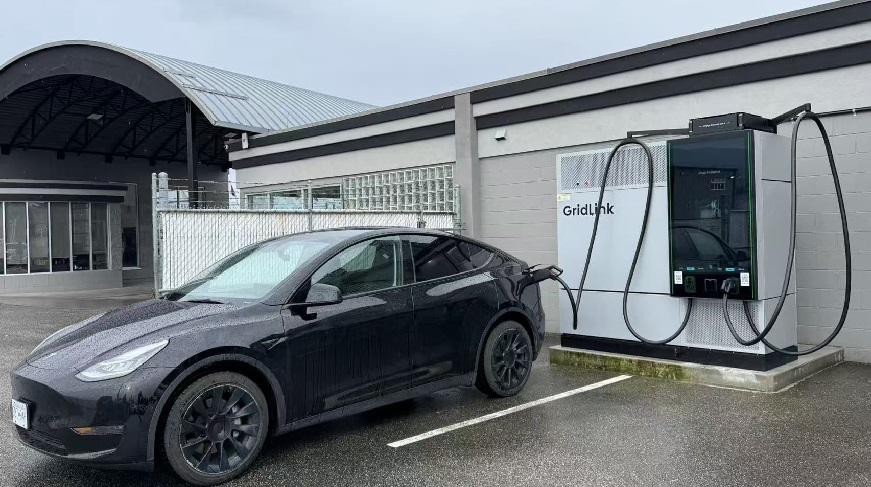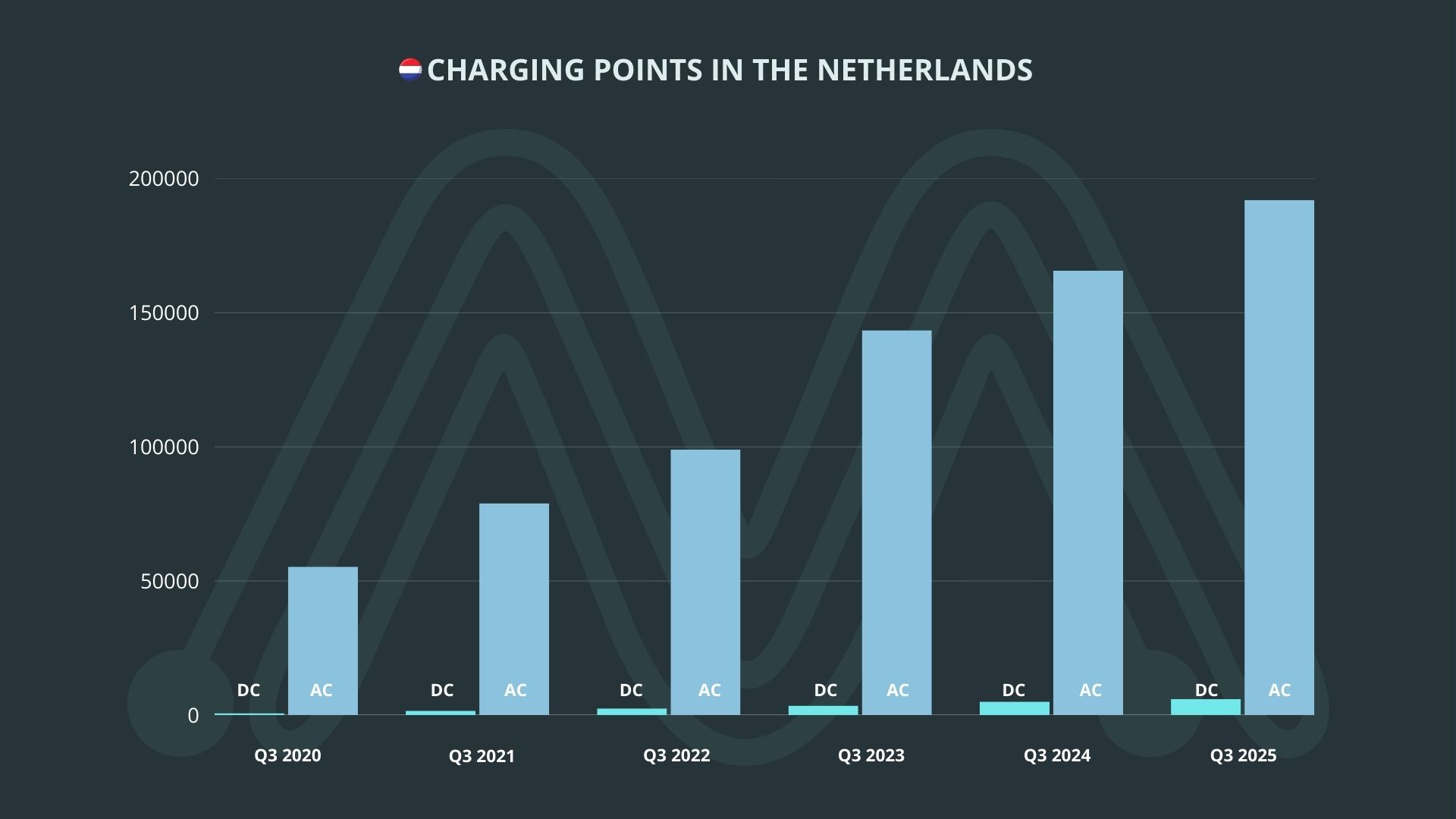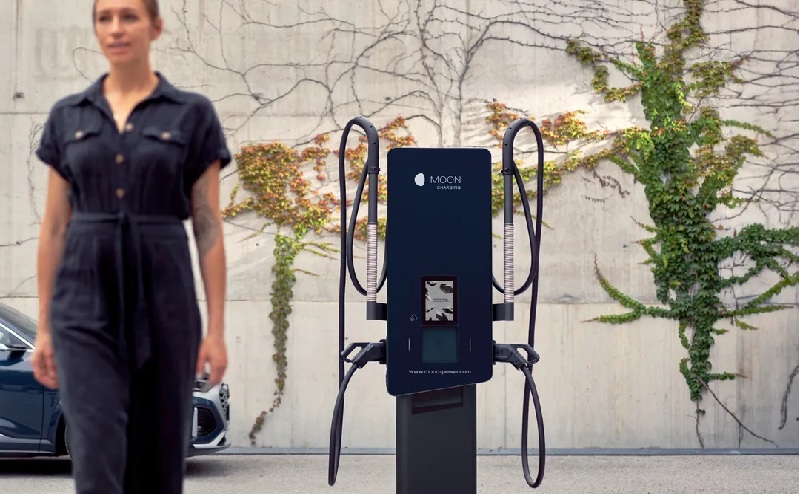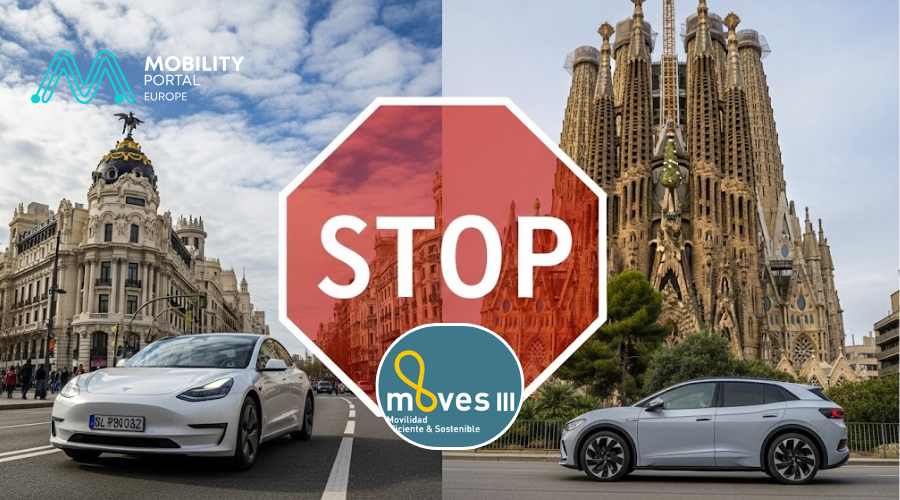Following the official launch of GridLink in Vancouver, XCHARGE North America integrated 215 kWh of liquid-cooled energy storage—scalable up to 430 kWh—to power high-capacity electric vehicle (EV) charging without the need for costly utility grid upgrades.
Why is this significant?
The system provides buffered battery storage, which ensures more reliable charging and reduces strain on the electrical grid, even during peak demand.
It represents a smarter path toward a cleaner energy future, enabling deployment in diverse environments by connecting to existing power availability without requiring utility upgrades.
Moreover, it operates with alternating current (AC) input options of 10 kW, 30 kW, or 44 kW, offering maximum deployment flexibility.
“These sites simply wouldn’t be feasible with conventional direct current (DC) fast charging infrastructure. With our partner Hypercharge, GridLink is proving that energy storage can unlock locations previously deemed unreachable,” the company states.
They add: “Installation is underway, and this is just the beginning. North America, get ready for a more resilient, adaptable, and future-ready charging experience.”

READ MORE
-
Netherlands nears 200,000 chargers: “Government aims to support EV adoption”
Charging infrastructure in the Netherlands makes up nearly 20% of the EU total. While no direct national profits are expected in 2025, local municipalities play a key role in its expansion.
-
MOON POWER reaches 207,000 charging points in Austria and Germany
Across Europe, MOON POWER manages a total of 5,000 charging points. In Germany alone, the company now operates 1,948 devices.
-
MPD: Madrid and Catalonia account for 35% of electrified vehicle sales and exhaust MOVES funds
An analysis by Mobility Portal Data highlights the territorial dominance of the electric vehicle market and the depletion of subsidies in Spain’s two main cities.









